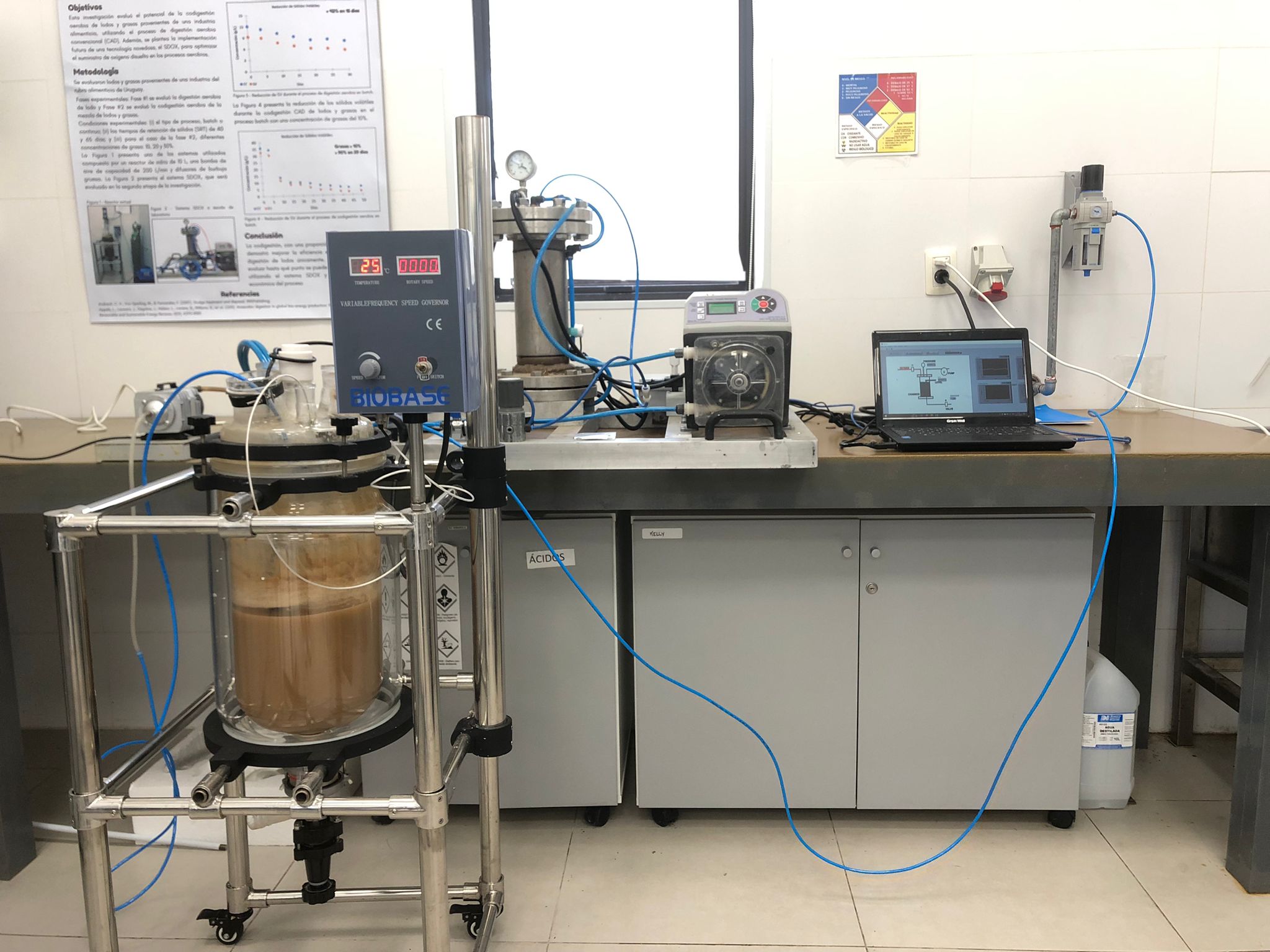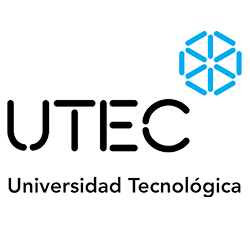Evaluation of SDOX technology applied to the aerobic co-digestion of sludge and grease (Uruguay)

Uruguay’s dairy sector, led by CONAPROLE – which exports 75 % of the milk it collects to more than 60 markets—consumes water and generates wastewater rich in organic matter, nutrients and fats. Treating these effluents yields sludges and separated fats whose disposal poses environmental and economic challenges. This study evaluated Supersaturated Dissolved Oxygen (SDOX) technology for the aerobic co-digestion of those by-products.
Ten-liter reactors were operated in batch and continuous modes under two aeration regimes: conventional coarse-bubble diffusers (CAD) and SDOX, the latter using a pressurised chamber to intensify oxygen transfer. CAD trials employed solids-retention times (SRT) of 39 and 65 days, while SDOX trials were limited to 15 and 25 days. Sludge was blended with 10 %, 20 % or 30 % fat. During the runs, pH, temperature and dissolved oxygen (> 2 mg L⁻¹) were controlled, and performance was tracked through volatile-solids (VS) destruction, chemical-oxygen demand (COD), nutrients, oil/grease and particle-size distribution.
Aerobic co-digestion proved viable in every configuration. The greatest stabilisation (VS/TS = 0.63) was achieved with CAD at 10 % fat and 65 d SRT. With 20 % fat, CAD alone removed 60 % of VS, whereas coupling SDOX delivered an additional 19 % reduction in only 15 d and improved COD removal, although neither regime achieved full stabilisation. SDOX also reduced particle size, enhancing biodegradability .
Overall, SDOX markedly accelerates aerobic digestion and oxygen transfer, offering a promising option for Uruguay’s dairies; optimisation of fat loading, retention time, nitrogen removal and dewatering remains necessary.

